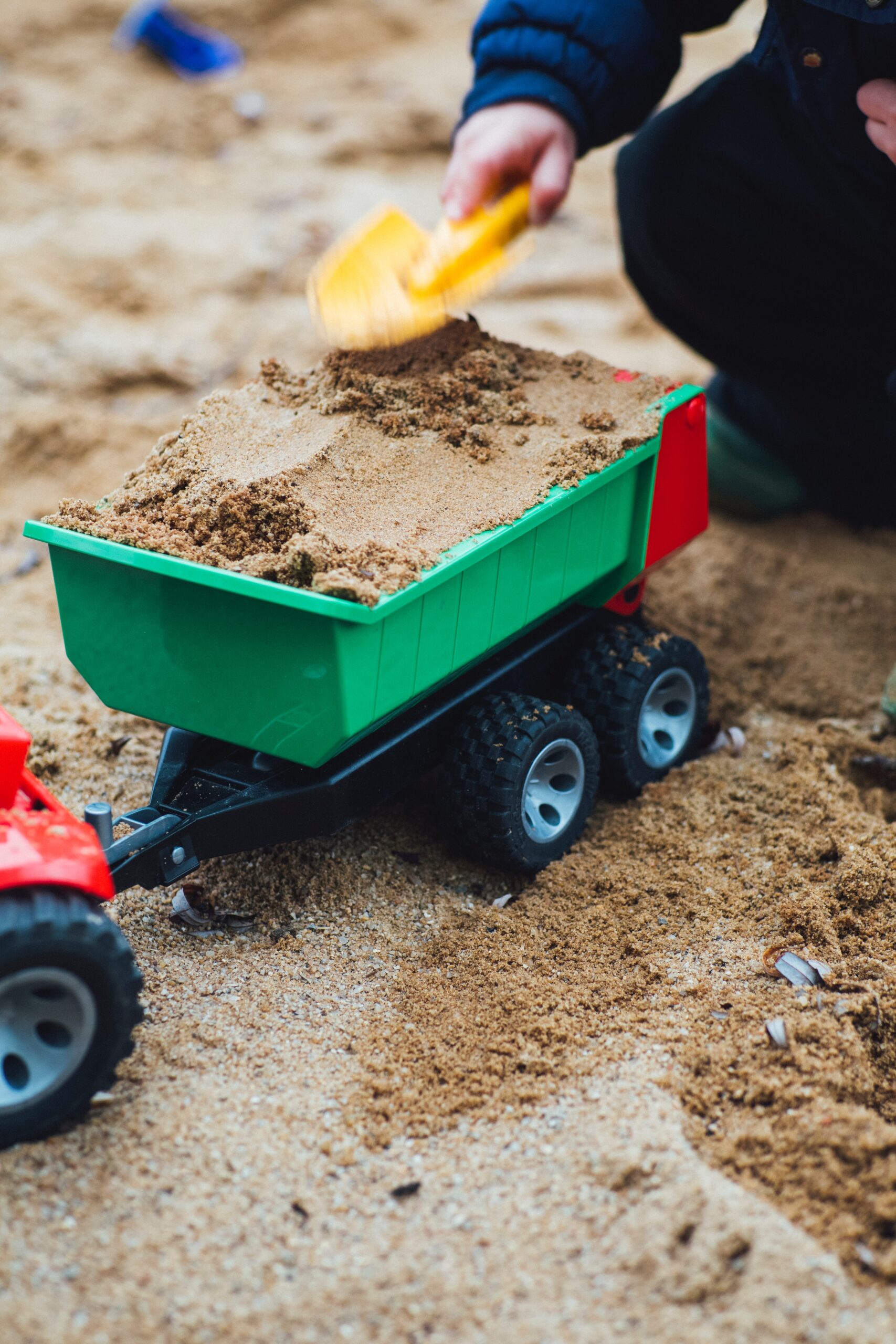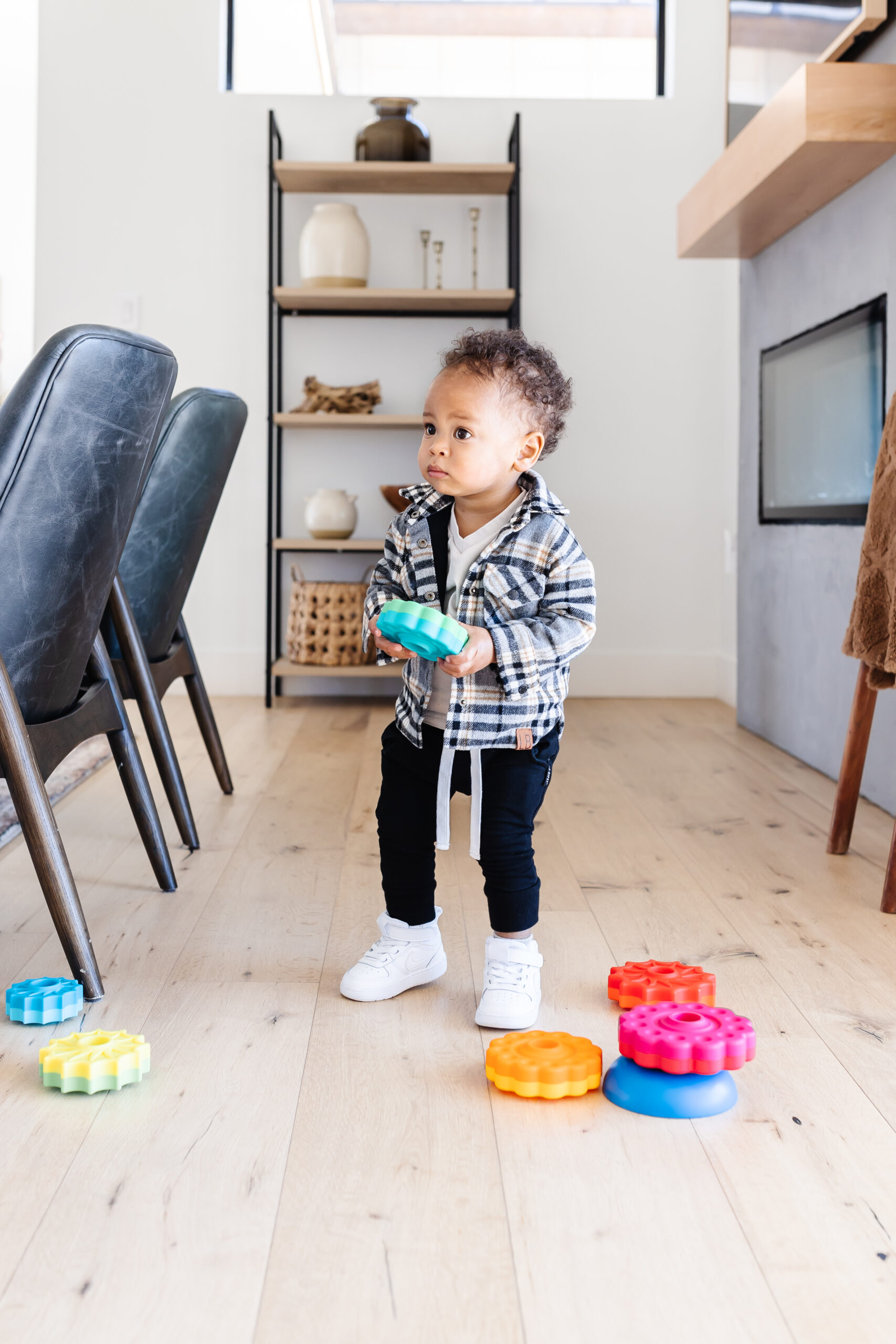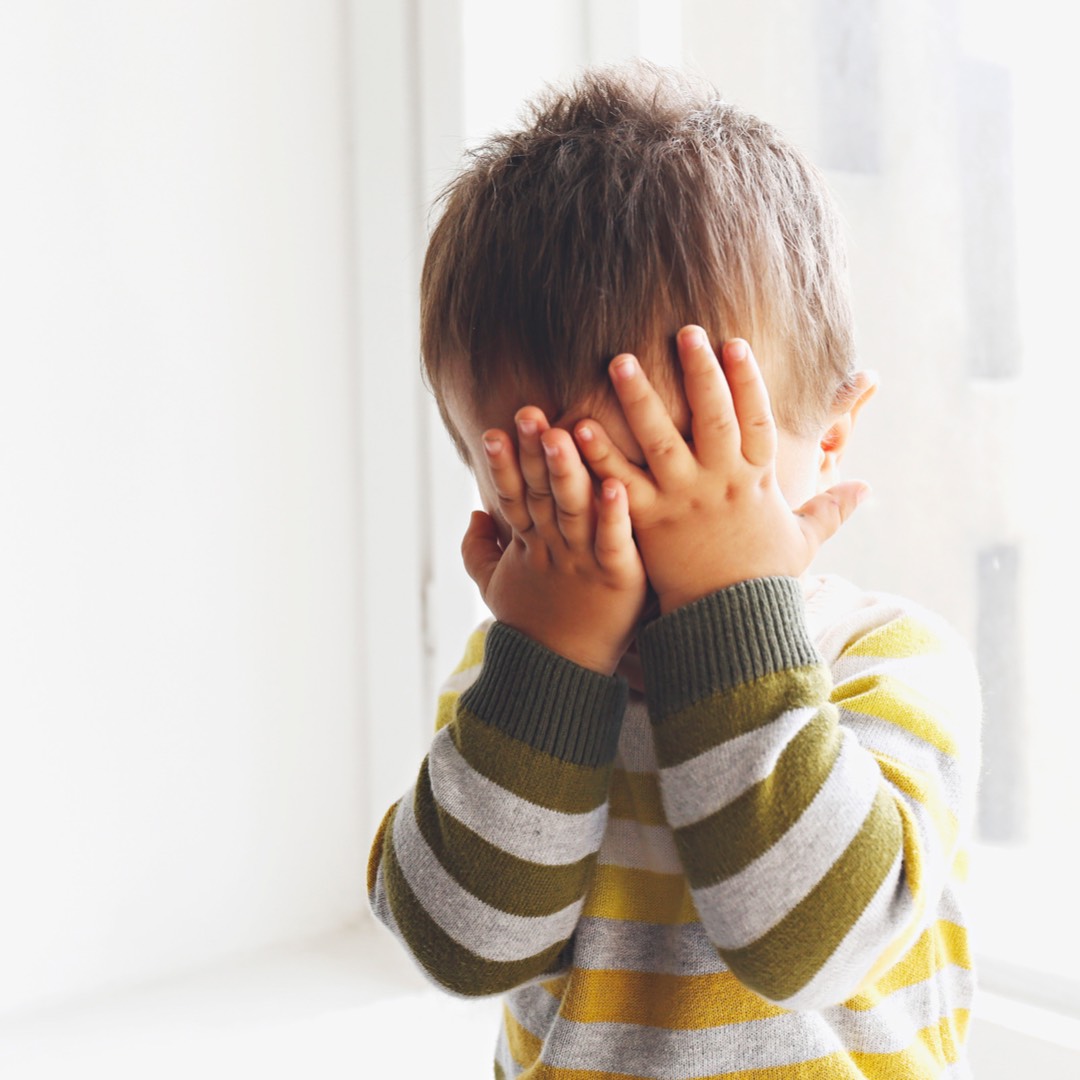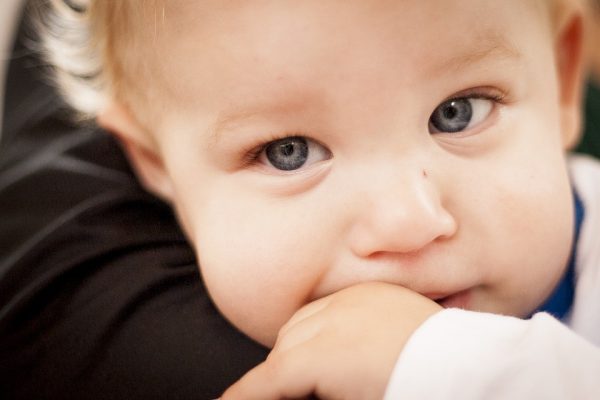
About Thumbsucking
Thumbsucking begins in-utero and helps young children self-soothe and explore their worlds. However, it is not a habit that we want sticking around, especially past the age of 4. Keep in mind pacifiers can cause many of the same issues and use should be limited to bedtime around 8-9 months of age. If you are concerned about your child’s thumbsucking habit, a professional who practices OroMyoFuncional Therapy can help. These therapists have specialized training and can help you implement a program that will help your child “kick the habit” once and for all!Here a few common myths on thumbsucking with the most current research.
Thumbsucking Myths
Myth 1) My child’s teeth will straighten out as soon as they give up their thumb: While it is true that the teeth continue to move, thumbsucking can change the soft tissue, palate, and especially the lower jaw (the thumb can prevent the lower jaw from coming forward and growing properly). Even after “giving up” the thumb, many children continue to use a “tongue thrust” swallow. This swallow pattern puts pressure on the teeth each time the child swallows and can result in the need for later orthodontia. Mouth breathing is also common in children who suck their thumb. Read my article, “What’s Wrong with an Open Mouth?” here.
Myth 2) Thumb sucking only affects the teeth/bite: While it’s true that several bites are associated with thumb sucking (crossbite, overbite, overjet), there are other factors to think about. Social/emotional factors such as trying to quit and failing can be associated with low self-esteem and depression. Friman and Schmitt found that first-graders rated children who sucked their thumb to be less happy, less attractive, and less likable and were less likely to choose a thumb sucker as a friend. Children may be teased for thumbsucking, causing low self-esteem and the need for “relief” (via more sucking!) In addition to structural changes, children may develop speech issues secondary to structural changes and immature muscle patterns.
Myth 3) My child can give up their thumb when they are ready: Not necessarily. A child’s brain receives pleasure from thumbsucking. They associate the thumbs with feelings of warmth and happiness. Nuero-transmitters associated with pleasure are released when your child sucks his or her thumb. Therefore, thumbsucking is addictive in nature and a child may actually experience withdrawal symptoms when giving up the thumb. For this reason, it may be helpful to seek support from an expert.
Myth 4) Thumbsucking helps my child sleep better: While a thumb in the mouth may help your child fall asleep, it is important to think about the long term effects. Thumbsucking can change the palate resulting in a high, narrow palate. This results in a narrow airway which is correlated with obstructive sleep apnea. Obstructive sleep apnea can cause a whole host of additional problems including health issues and behavioral problems.
References:
Green, Shari (1998) That Little Thumb Can Do an Awful Amount of Damage! A Parents Guide to Childhood Thumbsucking Issues and Tongue Thrust Behavior. http://www.thethumblady.com/images/That_Little_Thumb_Can_Do_an_Awful_Amount_of_Damage!.pdf
Friman & Schmitt Influence of Thumb Sucking on Peer Social Acceptance in First-Grade Children https://tguard.com/wp-content/uploads/2012/03/Influence-of-Thumb-Sucking.pdf
Van Norman, R. (1997) Digit Sucking: A Review of the Literature, Clinical Observations and Treatment Recommendations, The International Journal of Orofacial Myology, 22, 14-33.
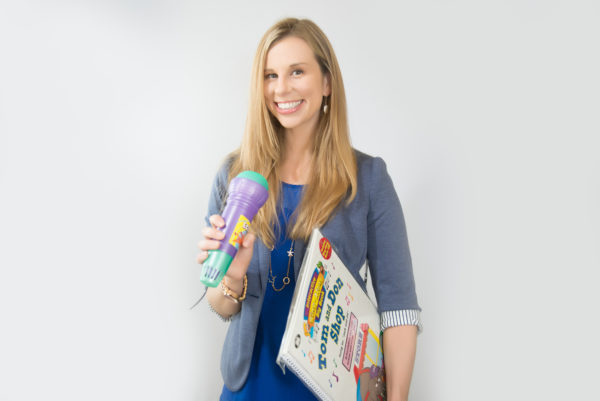
Brooke is a Pediatric Speech Pathologist and the owner of The Speech Dynamic LLC , where she provides play based and family centered speech and language therapy, She is the co-creator of “Wiggle time,” an interdisciplinary curriculum for pediatric therapy. She has presented at The North Carolina Exceptional Children’s Conference regarding embedding language into routines. She has also shared her expertise on a panel for The University of North Carolina at Chapel Hill. Brooke has a passion for helping families understand the importance of play for speech & language development.

